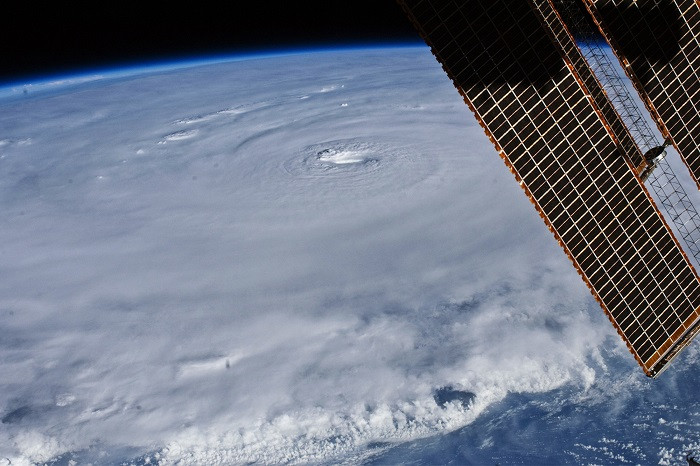US Air Force Launches Space Surveillance Programme to Protect its Satellites From 'Threats'

It seems that the US is afraid of other countries damaging its valuable space assets orbiting Earth, as the Air Force has publicly declared its intention to send two new satellites into space to monitor and help protect the space objects in orbit around Earth, according to Space.com.
"As other nations show their commitment in investing in systems capable of harming our satellites, we are committed to investing in space surveillance assets like the Geosynchronous Space Situational Awareness Program (GSSAP) that will directly enable safe operations, protect our spacecraft, and indirectly enable a range of decisive responses that will [make] counter-space threats ineffective," General William Shelton, the Head of Space Command said in a speech at the Air Warfare Symposium in Orlando, Florida last week.
"GSSAP will produce a significant improvement in space object surveillance, not only for better collision avoidance but also for detecting threats."
The US Air Force would like for everyone to think of the two space surveillance spacecraft as a "neighbourhood watch" for all the satellites and other space assets currently in orbit in the congested geosynchronous belt 22,300 miles above Earth.
IBTimes UK previously reported about the mysterious X-37B space drone which has been suspected of spying on China and Russia from space, and since the GSSAP programme was formerly classified, perhaps the X-37B might have been associated with it.
Many countries have spacecraft on the geosynchronous belt because that position enables space assets to hover over a fixed location on Earth, which is very useful to commercial and military communications satellite operators.
The area is also used for early warning satellites to detect asteroids and meteorites that might be heading towards space.
Gravity come to life
"Some of our most precious satellites fly in that orbit," Shelton said, citing the Air Force's jam-resistant Advanced EHF communications satellites and the Space Based Infrared System, a network of high-altitude sensors to detect missile launches around the world.
"One cheap shot against the AEHF constellation would be devastating," Shelton said. "Similarly, with our Space Based Infrared System, SBIRS, one cheap shot creates a hole in our environment."
Multi-award-winning space thriller blockbuster Gravity, directed by Alfonso Cuaron and starring Sandra Bullock and George Clooney, tells the story about what would happen in the geosynchronous belt if Russia were to blow up one of its satellites.
In the film, the space debris from the Russian satellite ends up damaging the International Space Station, the Chinese space station Tiangong-1, as well as the protagonists' space ship, and all the astronauts still alive have to evacuate back to Earth.
The space surveillance satellites will launch from Cape Canaveral on a United Launch Alliance Delta 4 rocket in late 2014.
© Copyright IBTimes 2025. All rights reserved.






















